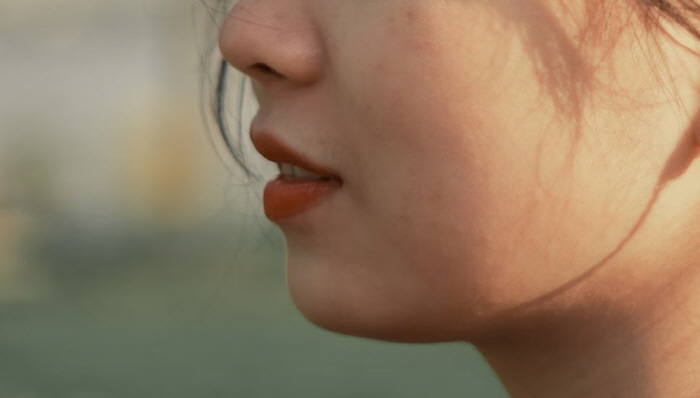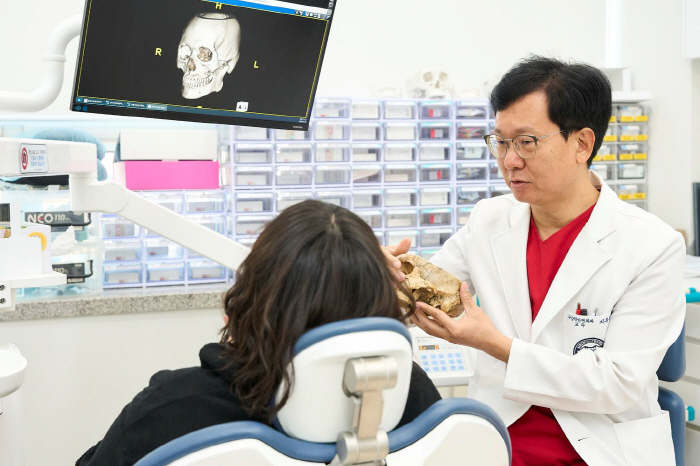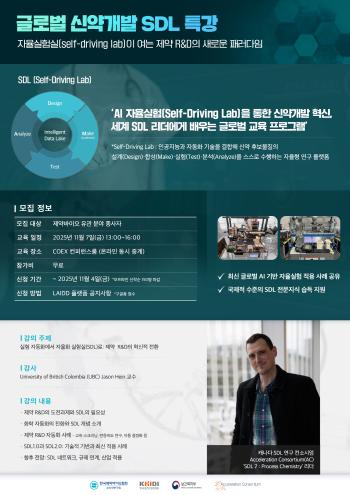Both jaw surgery to improve spatula and jaw, what are the precautions?
Jun 06, 2025
|
◇Improved functional and aesthetic improvement of jaw
Jaw correction surgery is recommended for patients with imbalance in jawbones and teeth, such as spatula jaw with a more developed lower jaw than upper jaw, jawless jaw with a more developed upper jaw than lower jaw, and facial asymmetry. It allows the jaw to functionally become normal occlusal, which can naturally be improved aesthetically as well. It is necessary to correct the position of the teeth through orthodontic treatment for a period of 6 months to 2 years before or after surgery. The operation is performed by cutting off the upper or lower jaw, adjusting the position, and then fixing it.
◇ Artificial fracture of the jawbone accompanied by danger
The problem is that the jaw correction surgery itself is a high-level surgery that artificially fractures the jawbone. It comes with that much risk. In addition to being unable to arrange it to the desired location if it is incorrectly fractured, nerve damage, sensory damage, and osteomyelitis can occur if it is careless. Contrary to the original purpose of treatment, surgery can lead to complications such as difficulty in chewing, osteomyelitis, jaw joint disease, nerve damage, and facial deformation, leading to medical accidents
◇Implementation when jawbone does not grow properly or has malocclusion
Various conditions must be considered in order to achieve the best aesthetic and functional results through a safe surgical process. First of all, jaw correction surgery is not an operation that anyone can receive if they want, but it is performed when the jawbone does not grow normally due to facial deformities and there is malocclusion. Surgery should be decided through consultation with a dentist. ▲Spatula chin ▲Facial asymmetry ▲The center line of the upper jaw tooth does not fit with the center line of the face ▲Exposure of gums when laughing ▲Considered in open occlusions where the upper and lower incisors do not reach.
◇For adults who have fully grown their bones
The timing of surgery should also be considered. Adults who have fully grown their bones are not considered in terms of development and physiology in adolescents. This is because facial bones can grow and change even after puberty. An accurate analysis of the facial bone is needed before surgery, and if there is an malocclusion, it is necessary to prepare for orthodontic treatment for 6 months to 1 year before surgery.
◇Choose a medical institution capable of emergency response...One week after surgery, you can live your daily life
The choice of medical institutions is also important. Since it is a high-level surgery that can cause serious complications and lead to death in severe cases, it is important to choose a surgeon with abundant surgical experience, and to determine a medical institution that can cope with emergencies. It is necessary to check whether various medical specialists have a system that can check the situation by participating from the treatment planning process.
The operation takes about three to four hours. Daily activities are possible after 1 week after surgery, but social activities such as companies and schools are recommended to start after 4 weeks. And postoperative outpatient treatment is recommended at least once a week for about two months after discharge. This is because it is necessary to observe the healing process of the surgical site and the stability of the jawbone and induce normal jaw movement through rehabilitation treatment. After that, imaging tests are performed every three months, six months, and one year to prevent complications that may occur after surgery through continuous follow-up.
|
This article was translated by Naver AI translator.















